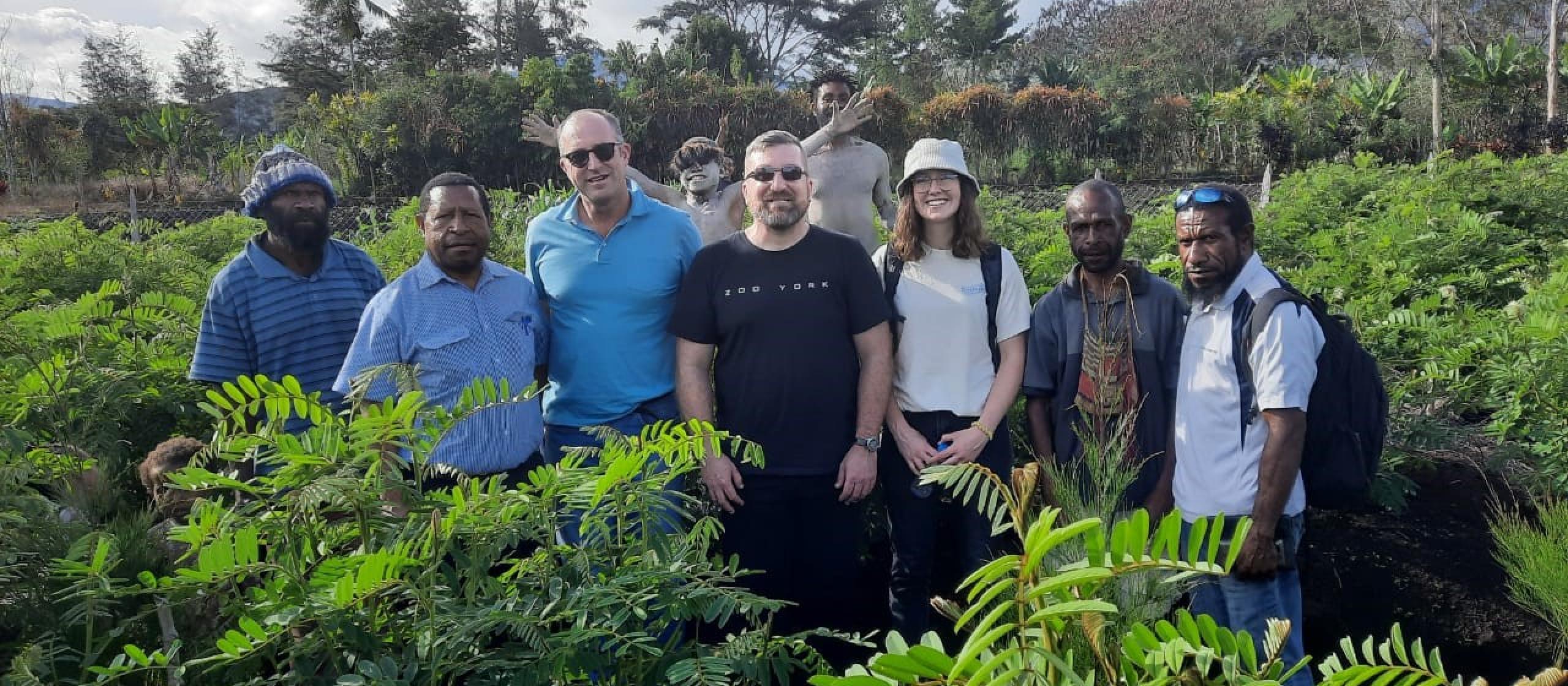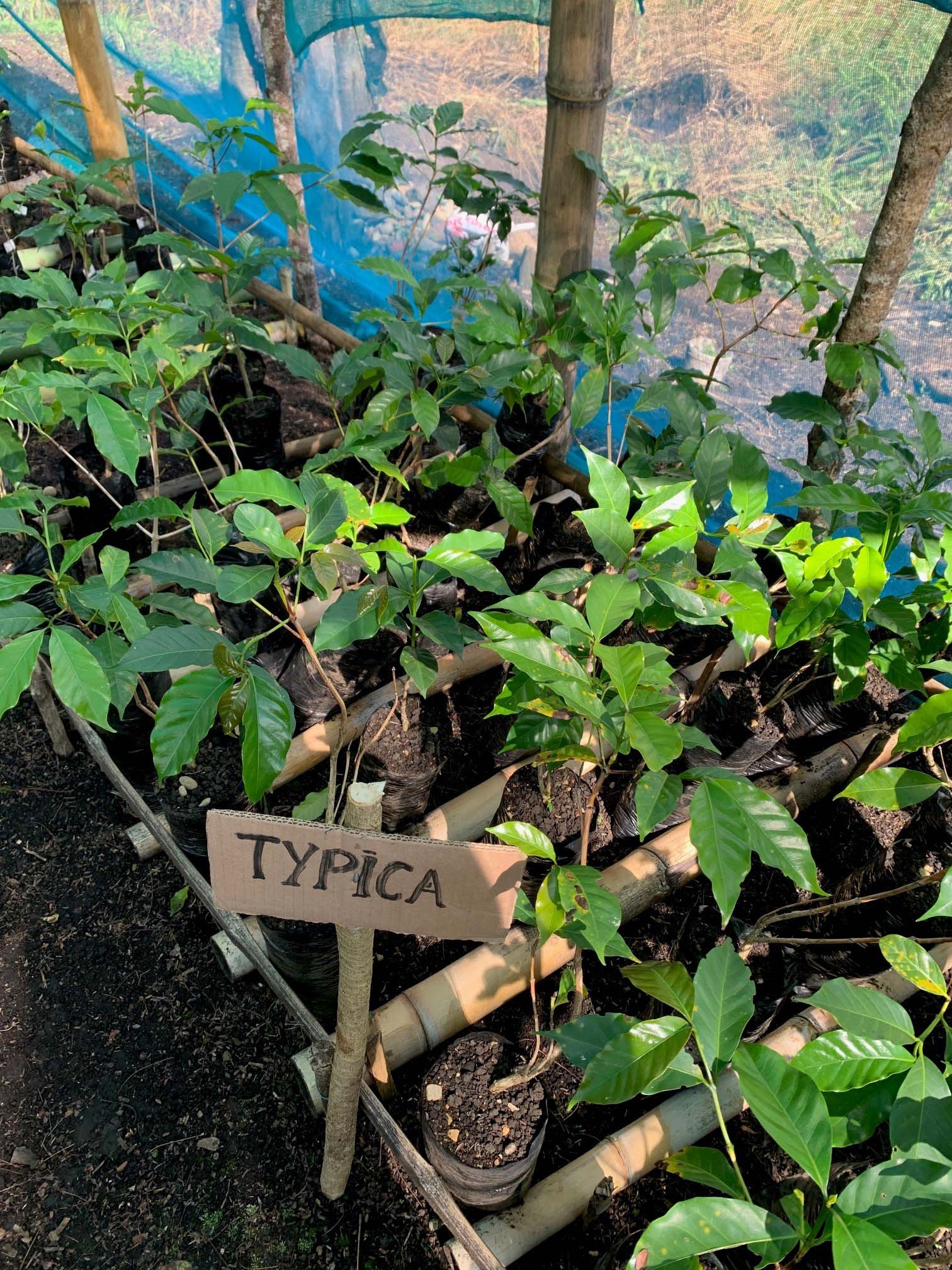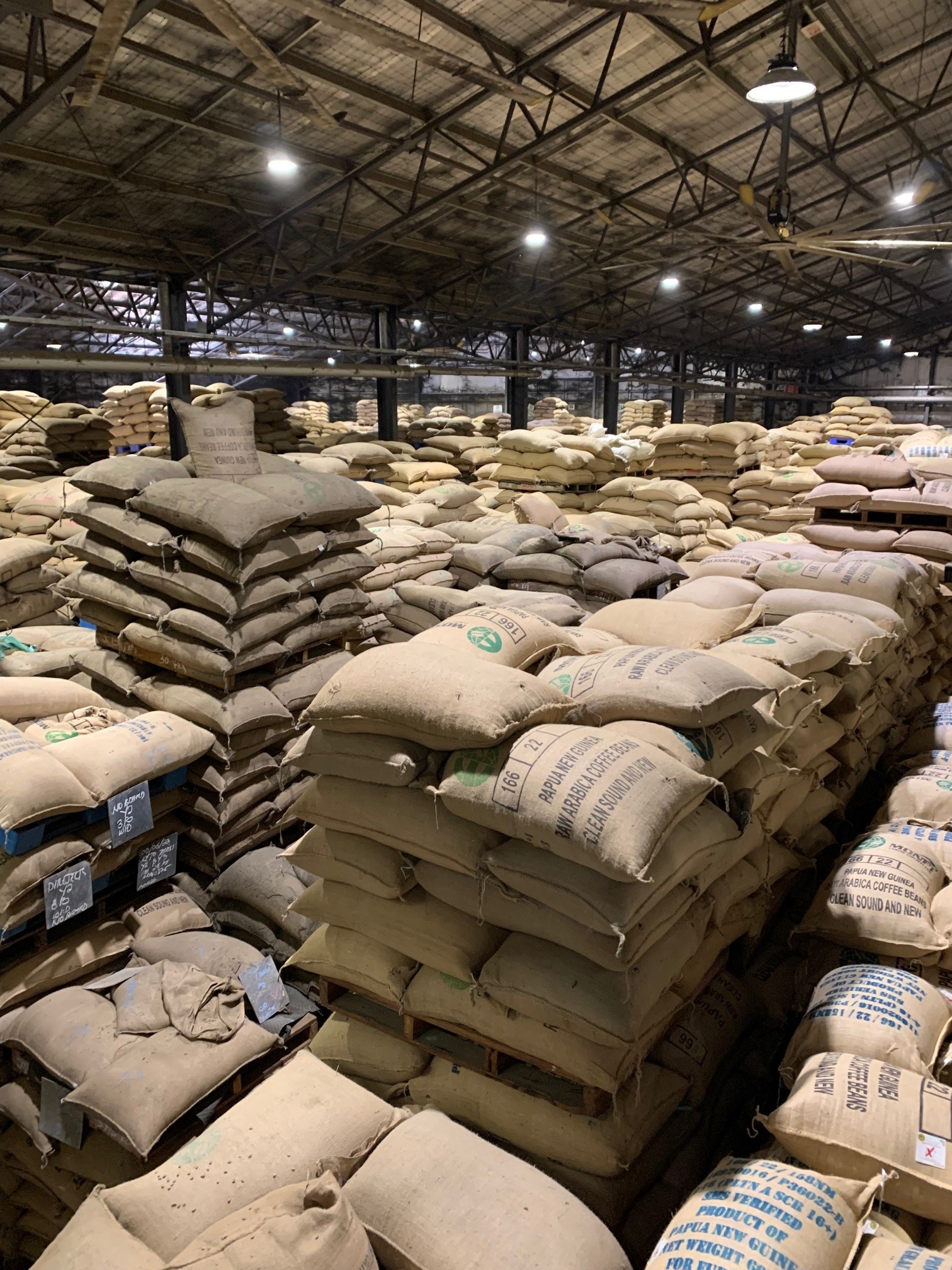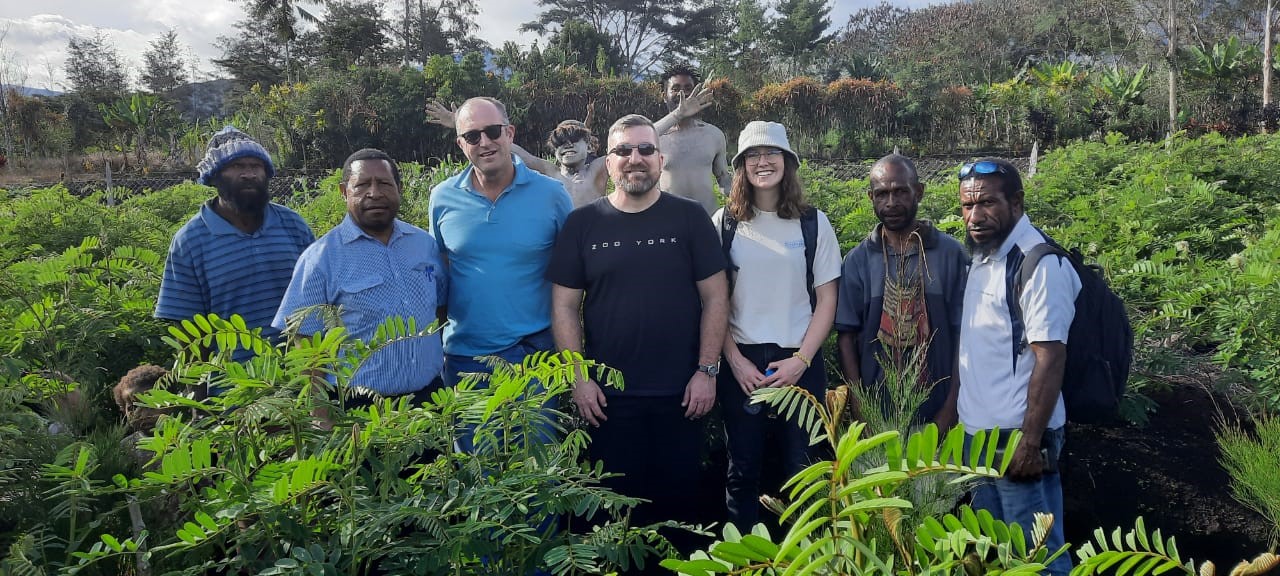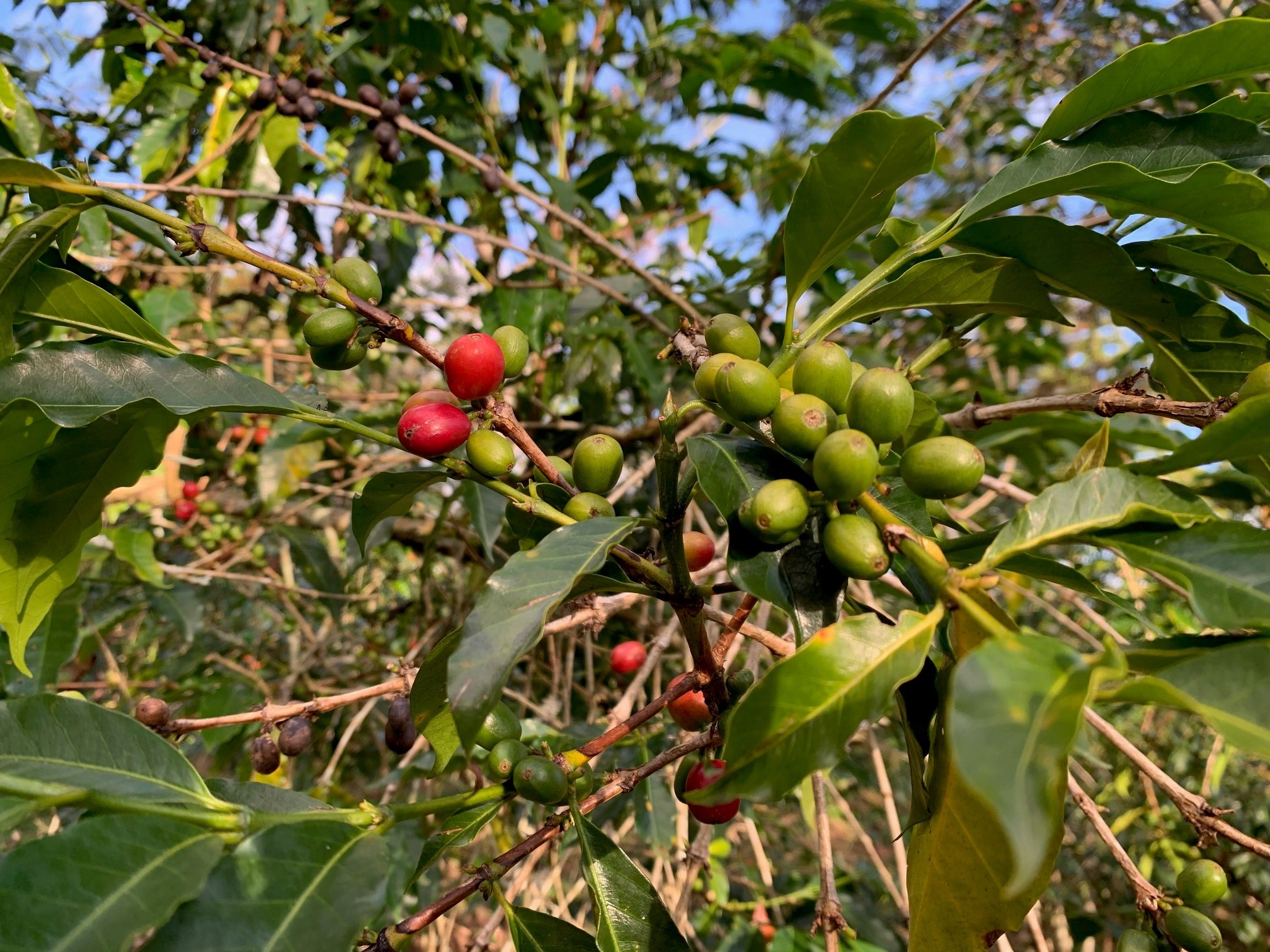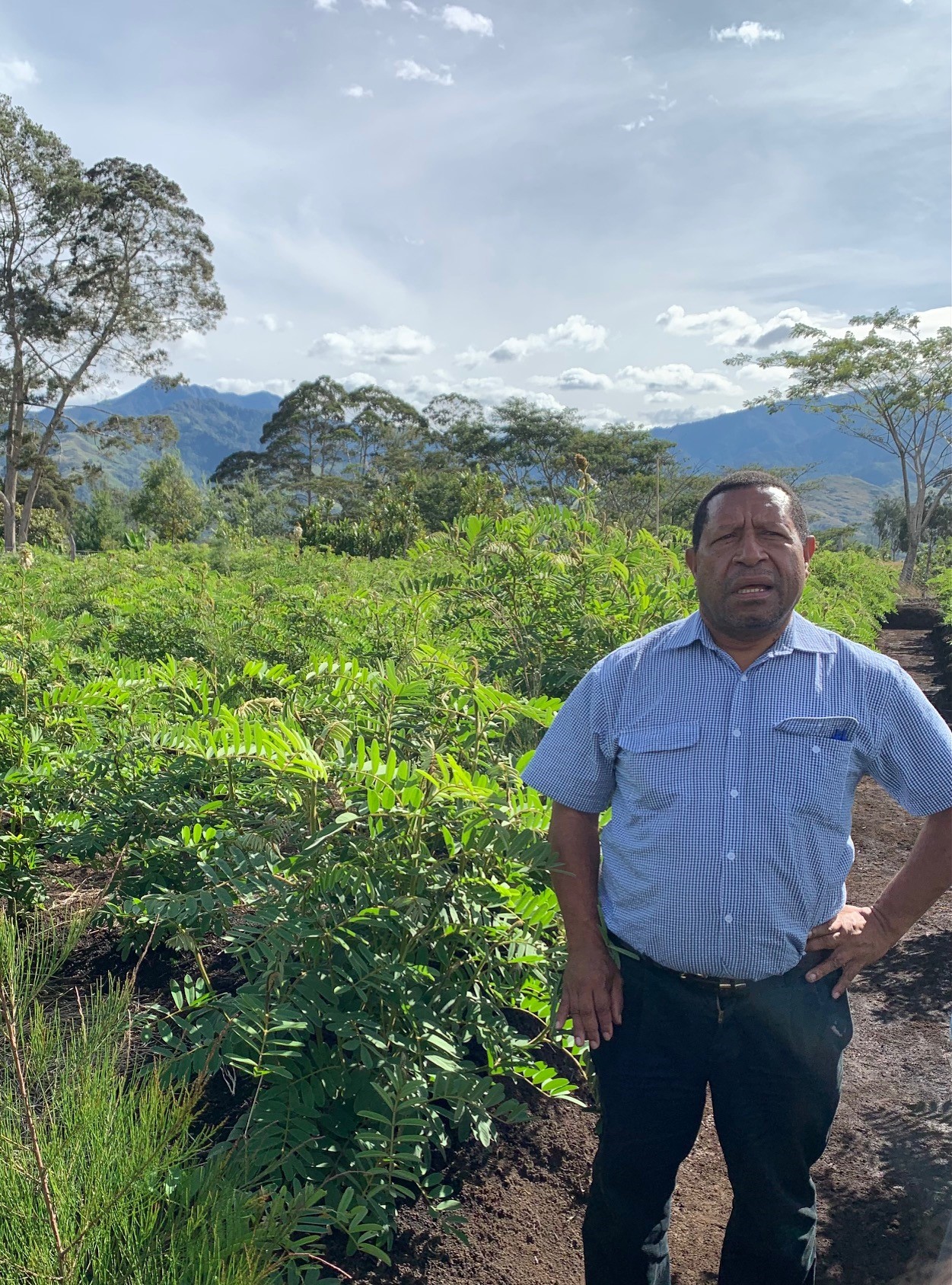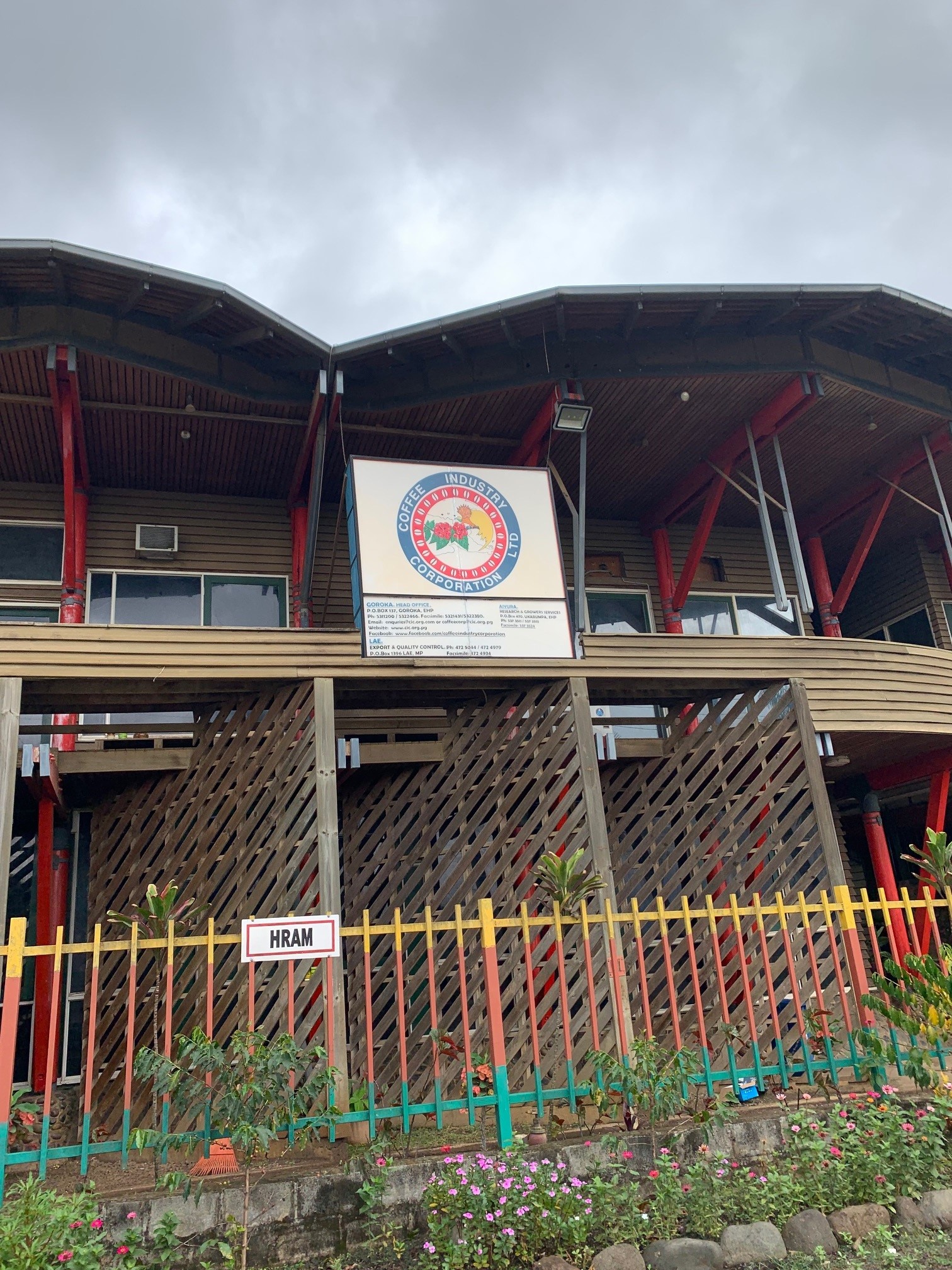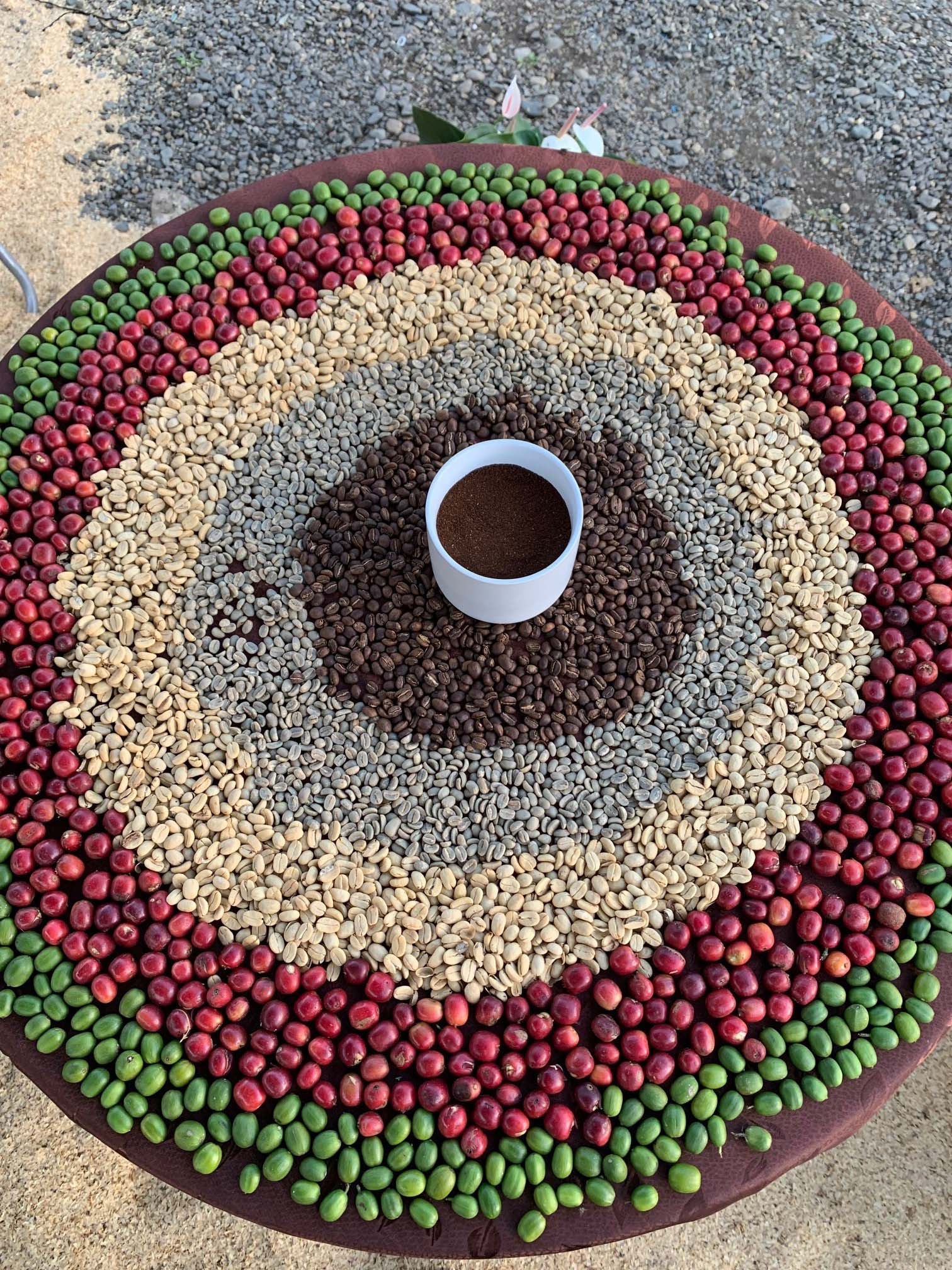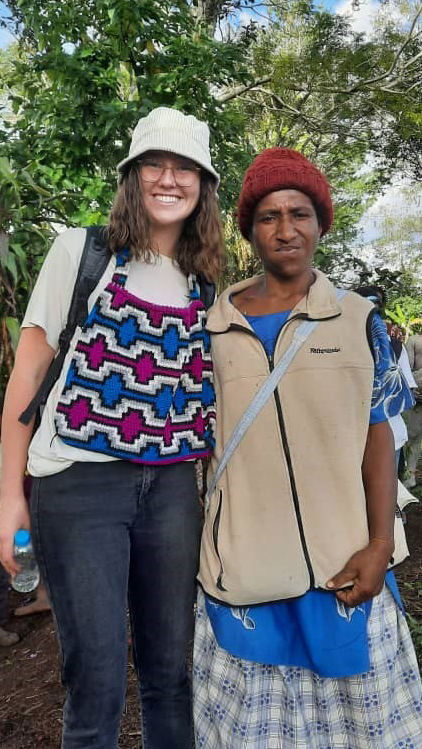Coffee - Whether you drink it daily, or just on those especially cold winter mornings, it’s iconic. So iconic that there are an estimated 1 billion global consumers every day.
In Papua New Guinea (PNG), coffee is the second largest agricultural export (after oil palm), employing over 2.5 million people. Smallholder farmers, meaning those with less than 5 hectares (remember 1 hectare is about the size of a rugby field), grow the largest share of coffee, over 95% in fact! These smallholders employ techniques of shading, pruning and reduced fertiliser-application to increase coffee quality and boost ecosystem health. In recent decades, PNG’s small-scale, low-input coffee systems have produced increasing amounts of organic and specialty products. So you may be wondering, what’s next?
